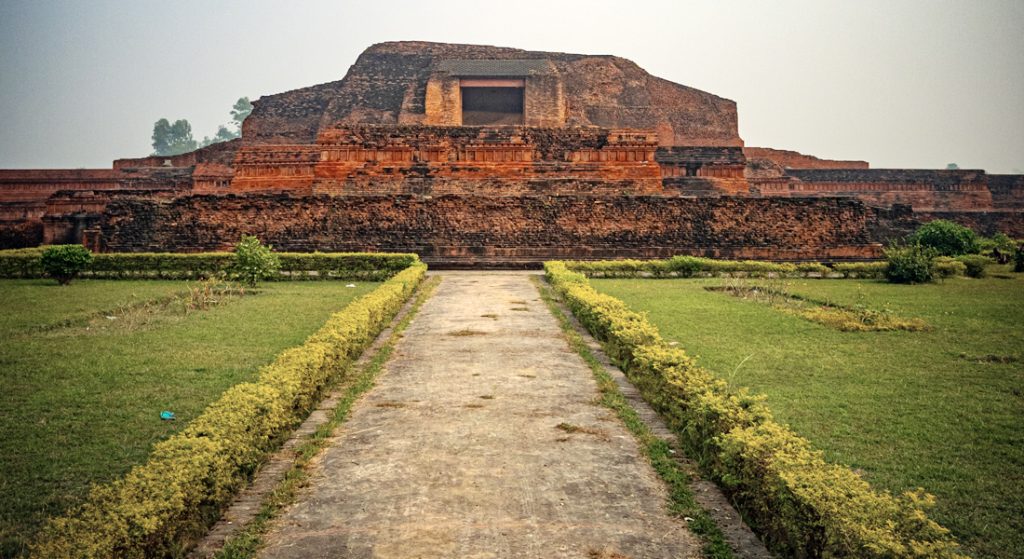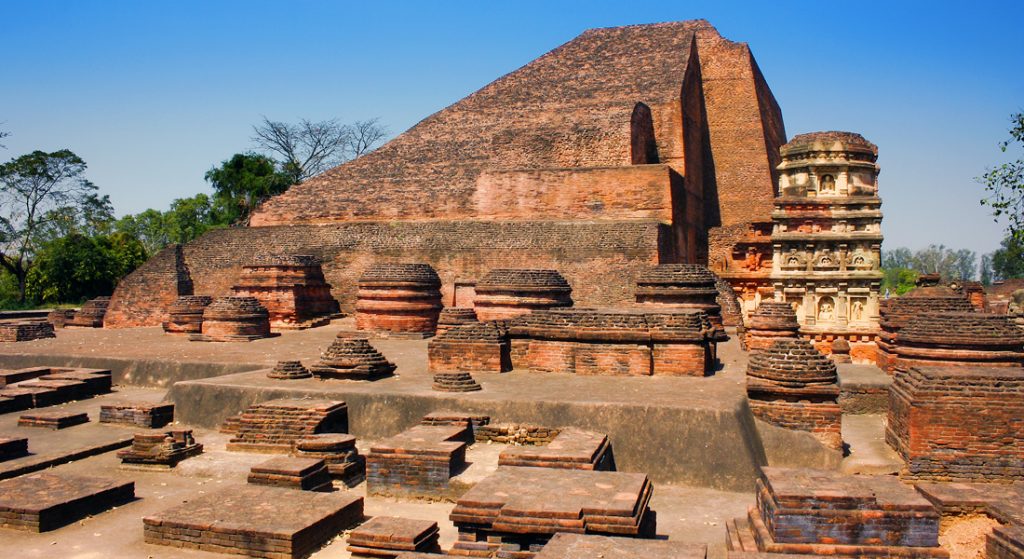
4 Ancient Universities of India
India is home to some of the oldest universities in the world which have played a major role in the development of math, technology, medicine, and other sciences. They led to the rise of some of the most influential philosophical and scientific ideas and can be seen as the genesis of the modern Indian education system. They continue to serve as a source of knowledge and inspiration, making them invaluable assets to the nation.
Nagavi, Karnataka: Located in the Kalaburagi district, Nagavi was one of the earliest universities established during the rule of the Rashtrakuta dynasty and grew in prominence during Kalyana Chalukya’s rule. The ‘Ghatikasthana’ as the universities were referred to in Kannanda back then, is the present day Rameshwara temple at Nagavi. This rectangle shaped temple has only one entrance and an opening in the ceiling. There would be no disturbance from external factors to the students as the Ghatikasthana had no windows and the entrance was to be closed after they get in. The opening in the ceiling provided ventilation and minimal light. An inscription dated 1058 gives important details about the Ghatikasthana. This inscription slab still stands in front of the temple. The place was then known as Nagavapi and there were gifts and donations to cover the costs of managing the Ghatikasthana and, food and clothing for 200 students. Six teachers taught Vedas and Shastras whereas three taught Grammar, Prabharika philosophy and Kumarika philosophy. The total strength of the university was 257. Visitors can see 64 pillars in the Rameshwara temple, representing the 64 art forms taught in ancient India.

Vikramshila, Bihar: Located in the Bhagalpur district, the university was one of the major Buddhist education centres of ancient India. Concerned with drop in the quality of scholars graduating from Nalanda university, Pala dynasty king Dharmapala established this university during either late 8th century or early 9th century. It was already a monastery, and it was probably converted into an education centre. It was at its prime during the 11th century with more than 150 teachers and nearly 1000 students. The grand campus established itself as a major education centre for nearly 400 years until it was destroyed by the Muslim fanatic, marauder and murderer Bhaktiyar Khilji in 1193.

Nalanda, Bihar: This ancient university was one of the premier universities of India and it reigned from the year 427 to 1197. Majorly a centre for Buddhist studies, other general subjects like maths, art of war and medicine were also taught. At its prime which was a period of 700 years (exact timeline of these 700 years will probably remain unknown), nearly 10000 students and 3000 teachers were part of this university which had a dormitory for students. The largest library in the world was here where the books from every individual scholar was meticulously copied and kept. The same Muslim marauder and murderer who destroyed Vikramshila, set fire to the library of Nalanda university and ransacked the entire university campus in the year 1197.

Kanchipuram, Tamil Nadu: Though there are no visual or inscriptional evidence regarding a university existing here, it is a well-known fact that from scriptures of scholars and great poets that Kanchipuram was one of the great education centres for Hinduism, Jainism, and Buddhism. There were many schools in Kanchipuram during ancient times, and during the rule of the Pallava kings, Kanchi reached its zenith. Mayura Sharma was the famous product of this place. He came from a village in central Karnataka to study. He was insulted by the Pallavas here. After studying, he went back, became a Kshatriya, changed his name to Mayura Verma, and founded the Kadamba dynasty to fight and defeat the Pallavas to take his revenge.



